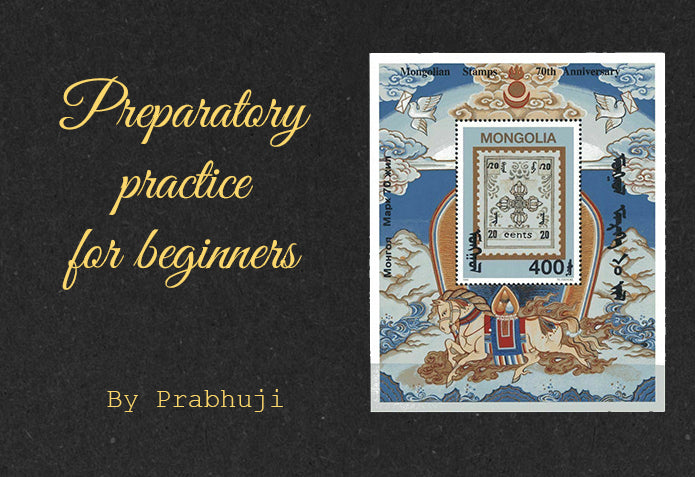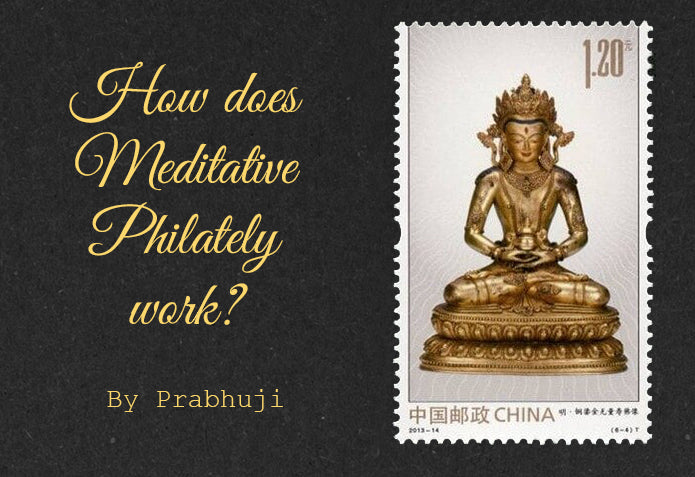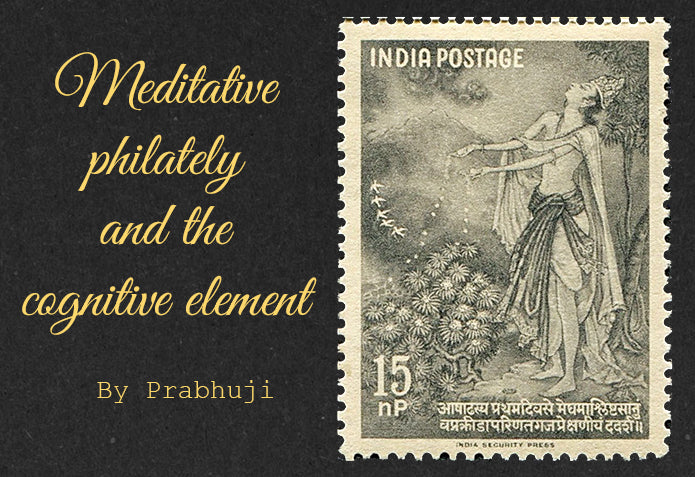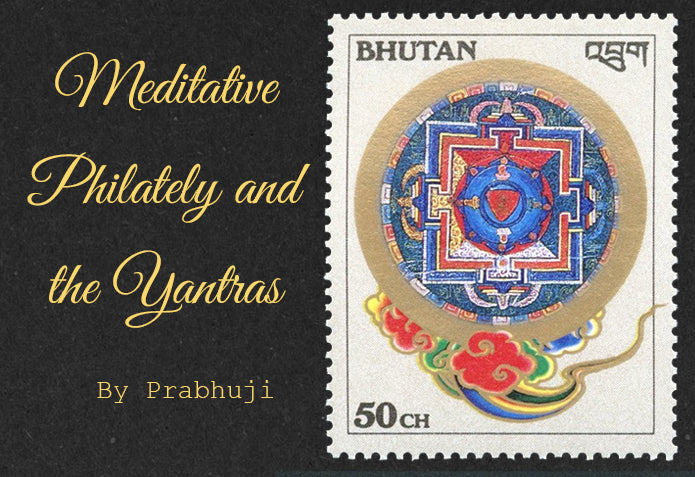Philatelic Terms
A.P.O. Army Post Office.
Above Privilege Number A hand-stamp applied to a letter disallowed under the Franking system.
Adhesive (i) Any postage stamp for attachment to an envelope, as distinct from the stamps impressed directly on to postal stationary. (ii) The gum used to affix a postage stamp.
Albino A fortuitous omission of color from a stamp which results in a colorless impression of the design.
Admirals Philatelic term for for three British Commonwealth definitive series stamps; Canada 1912-25, New Zealand 1926 and Rhodesia 1913-19. All of which show King George V in his naval uniform.
Advertisement pane A pane of postage stamps from a booklet in which one or more of the stamp-sized areas bears an advertisement or slogan.
Aerogram - Aerogramme. Printed and gummed writing-sheet designed to be folded and sealed to form a lightweight air-mail letter. Usually made of thin paper and printed with the appropriate postal duty.
Album Books used for mounting and display of stamps or postal history.
Analine A fugitive ink or dye which causes suffusion of colour.
B.F.P.O. Britsh Force Post Office
B.I.O.T. British Indian Ocean Territories
B.N.A. British North America: Canada, Newfoundland, Nova Scotia etc
B.T.B. (Believed to be): Abbreviation used by dealers and auction houses! Believed To Be: as described but cannot be guaranteed by the vendor as such!
Back stamp. A postmark applied to the back of a letter on 'arrival'.
Bantams. The smaller sized stamps issued by South Africa during WWII to conserve paper.
Bisect. A stamp which is cut in half, usually diagonally. Often used when stamps are in short supply.
Blind Perforation. A perforation which has not been punched out due to a broken, blunt or missing pin in the comb.
Block of stamps. A group of 4 or more stamps which are unseparated.
Blued paper. The paper of a stamp which has a pale blue tinge as a result of the manufacturing process.
Bogus. This is an unauthorised stamps or label.
Booklet. A folder containing stamps, either definitives or commemoratives and issued by the postal authorities.
Cachet. A special endorsement or commemorative description on a cover.
Cancellation. An official mark on the face of a stamp which renders it 'used'
Cancelled to Order. (C.T.O) Stamps which have been cancelled with a postmark being withdrawn new issued for sale to collectors. Cancelled to order stamps are usually neatly cancelled.
C.D.S. A circular date stamp used for cancelling the stamp by the postal authorities.
Centred. Referring to the position of the design of the stamp in relation to the edges of the stamp. eg. Well Centered - an equal margin between the edges of the stamp and the design.
Chalk surfaced paper. Paper which has been coated with a chalky solution.
Charity Stamp. A stamp that has an additional charge for charity.
Cinderella Stamp. Better defined by what they are not! Stamps that cannot be used for postage.
Classic. An early stamp which is rare and of high quality.
Color Shift. Where the design of the stamp has more than one color and these are applied at different times in the process of printing and the positioning of the colors is incorrect in relation to the intended design.
Coil Stamp. A stamp which comes from a continuous roll in a vending machine.
Condominium. A Territory over which there is joint rule by two Powers. An example of this is the Anglo - French New Hebrides Condominium whose stamps are inscribed in English and French.
Changling. A stamp whose original color has changed.
Comb Perforation. The perforations of a stamp formed by the pins of the perforating machine which are arranged like a comb.
Commemorative. The term applied to a stamp which is issued to mark an anniversary, special event or achievement.
Compound perforation. Different perforations on the same edge of a stamp.
Control. The numbers or letters in the margins of a sheet of stamps, normally for the benefit of the Post Office in stock control and accounting.
Cover. An envelope or letter sheet used in the postal system.
Cylinder Number. The number in the margins of a sheet of stamps which identifies the cylinder which has been used in the production process.
Dandy roll. A roller of mesh used in the manufacture of the paper which produces the watermark.
Definitive. A stamp which is issued for regular postal use.
Die. The original engraved plate of the design of the stamp.
Doctor Blade. a metal blade used to clean surplus ink from the cylinder or plate.
Embossing. The process by which part of the design of a stamp is 'raised'.
Engraving. The process of producing a stamp design from a metal or wood plate.
Entire. This is a complete envelope or letter sheet.
Error. This is a mistake in the design of a stamp or in the printing process.
Essay. A stamp produced for trial or experimental purposes prior to the issue of the final agreed design.
Face value. The value of a stamp as printed on the stamp in the relative currency of the country of issue.
Fiscal. A stamp issued for revenue or tax purposes and not as a postage stamp.
Fugitive Colors. These are inks which are specially produced in order that they will change or wash out if there is an attempt to tamper with the stamp such as, removing the postmark. This is meant to deter the reuse of stamp already passed through the Postal System.
Graphite lines. A method of marking stamps for automatic sorting of mail. Used on some British stamps.
Gum. The material used on the back of the stamp to form an adhesive when wetted.
Gutter. The margin that divides a sheet of stamps.
High Value. The term applied to stamps which represent a higher value of postage. Not to be confused with the actual market value of a stamp.
Imperforate. Stamps which have been printed without perforations between.
Imperf, between. Where the perforations have been omitted between stamps.
Imperf. Where there are no perforations on one or more edges of the stamp. EG 15 x imperf.
Imprint. The imprint of the designer or producer of the stamp which is printed on the stamp.
Ivory Head. Where the Queen's head on Queen Victoria stamps show white on the back of blued stamps.
LMM Abbreviation Lightly Mounted Mint
Line-engraving. The process of making a stamp design on metal plates using a series of lines to form the design in steel or copper plate. Pioneered by Perkins & Bacon, Printers. The image is cut in to a steel or copper plate to create a 'Master' Die in reverse, then the plate is hardened which is then impressed onto a softer metal plate or roller.The roller is then hardened and the design again transferred onto a thin plate that will form the printing plate.
Line Perf. Line perforations is where each horizontal or vertical line of perforations is formed individually often producing an overlap of the perforation holes.
Lithography. The process of printing from a flat plate.
Local. A stamp whose use is limited to a particular area within a country.
MNH Abbreviation Mint Never Hinged
Machin. A definitive stamp of Great Britain which are at present in current use. Designed by Arnold Machin.
Maltese Cross cancel. Used to cancel Queen Victoria stamps eg 1d Black. These may be in black, red, yellow, blue or magenta and comprises an eight pointed cross
Miniature sheet. A small sheet of stamps issued for souvenir purposes. May have a number of stamps or only one.
Mint. The condition of a stamp which has not been used. There are several states of mint. eg. Unmounted Mint or Mint Never Hinged, Lightly Mounted mint, where the stamp has been mounted in an album with some care or, Mounted Mint, where the hinge marks are heavy and affect the gum.
Mulready. A printed letter sheet or envelope issued in 1840 having a pictorial design. William Mulready was the designer of these letter sheets and envelopes.
Newspaper stamps Postage stamps issued for postage on newspapers.
NF Overprint on Nyasaland Stamps was intended to be N.F.F.for Nyasaland Field Force.
Omnibus Issues. Stamps issued with a common design across a number of countries
Overprint. A stamp that has and additional print added at a later stage, such as a change in postal rate or to denote a particular use.
Pair. Two stamps that are joined in the original state of issue. eg. Vertical pair, Horizontal pair, Coil pair.
Pane. Part of a sheet of stamps divided by a margin from the remainder of the sheet. Also, Booklet pane.
Peel and Stick - Australian terminology for Self Adhesive.
Perfin. Normal stamps which have initials formed in the stamp by perforations. Often used by commercial organisations as a security measure.
Perforations. Holes formed by pins to make the separation of the stamps easier. Holes are almost all round but use is now being made of elliptical perforations and with round perforations in some stamps
Phosphor Stamps. Stamps which have been coated with a 'flourescent' substance for detection in the mail sorting system.
Phosphor bands. A narrow line of 'flourescent' substance across the face of a stamp. Stamps can have one or two bands and the position may vary.
Photogravure. Printing using the recess process.
Pigeon Post. As it sounds. Used as long ago as the 1870 - 1872 Franco-Prussian war during the siege of Paris and also in Australia by the Great Barrier Pigeongram Service.
Plate number. The number of the printing plate which was used to print the sheet of stamps and marked in the sheet margin.
Postage due. A stamp which is used by the postal authorities to indicate that the correct postal fee has not been paid and the sum due for the delivery of the item. Same as 'To Pay' labels.
Postmark. The postal services official mark on the letter, envelope, letter sheet or postcard to show the time, date and place of posting, and to cancel the stamp.
Precancel. A postmark which cancels the stamp prior to use in situations where there is bulk mail such as in commercial mail.
Provisional. A postage stamp issued for temporary use to meet postal demands until new or regular stocks of stamps can be obtained. The issuance of provisional stamps might be occasioned by a change in name or government, by occupation of foreign territory, by a change in postal rates, by a change of currency, or by the need to provide stamps that are in short supply.
Prestige booklet. A booklet of stamps issued by the postal authorities commemorating some event or particular subject.
P.T.S.A. Priced to Sell At. A term used in auctions where stamps in a lot have been previously priced for retail or approval purposes.
Re-entry. Where the design of a stamp bears additional printing marks as a result of being passed through the printing process again.
Reprints. Stamps that have been printed following the withdrawl of the issued stamps.
Retouch. A small adjustment or correction of the printing plate, which often shows on subsequent stamps printed from the plate.
Roulette. Similar to perforations but in the form of long cuts in the margin between the stamp designs to facilitate separation of the stamps.
Self Adhesive. Stamps which are peeled from a sheet ready gummed.
Se-tenant. Stamps which are joined together as issued but which are different in value and or design.
Shade. A stamp that has a slight difference in colour.
Space filler. A stamp which is not of high quality used to fill a space in an album wher one of high quality is difficult to obtain.
Specimen. A stamp used as an 'example' and overprinted as such.
S.T.C. Stated to Catalog. The term used by auctioneers for lots where the vendor has calculated the Catalog value. The auctioneer does not bear any responsibility for this statement.
Surcharge. An overprint that alters the stamps face value.
Telegraph stamps. Stamps used for the payment for the use of a telegraph service.
Testing label. A stamp sized label used for testing automatic stamp vending machines.
Tete-beche. Two adjoining stamps with one being upside down in relation to the other.
Thematic. The collecting of stamps according to a theme. eg. Aircraft, Architecture, Animals, Army, Astronomy, Birds, Bridges, Buildings, Butterflies, Cars, Cats, Chess, Cricket, Disney, Dogs, Explorers, Fish, Football, Heraldry, Horses, Famous People, Flowers, Fauna, Gardens, Golf, Insects, Lighthouses, Medical, Royalty, Rugby, Shells, Ships, Space, Sport, Technology, Trains, Writers etc.
Tied. A term used when a stamp is cancelled with a postmark which straddles both the stamp and cover.
Tone spot. A mark on a stamp of brown rusty appearance which detracts from it's value.
Unused. A stamp that has not been cancelled but not necessarily a mint stamp.
Used. The term applied to a stamp that has been through the postal system. Categories of Used are:
Used abroad. Where stamps from one country are used and cancelled in another. Quite common in cases such as British Colonies or Possessions. Spain and France also were countries that issued stamps that were used in other areas of the world over which they had influence. These stamps can only be distinguished by the postmark applied.
Variety. A stamp which has a flaw or error.
Vignette. The main central part of a stamp design.
War stamp. A stamp which is issued in time of war to raise additional revenue, and inscribed War Stamp or War Tax or such similar words.
Watermark. The pattern which is part of the paper and which is produced by the Dandy Roll. Watermarks vary widely in design.
Wilding. A definitive stamp of Great Britain which was issued in the 1950's - 1960's and designed by Dorothy Wilding.
Window booklet. A booklet of stamps which originally revealed the stamps inside through a cut out in the cover of the booklet.











